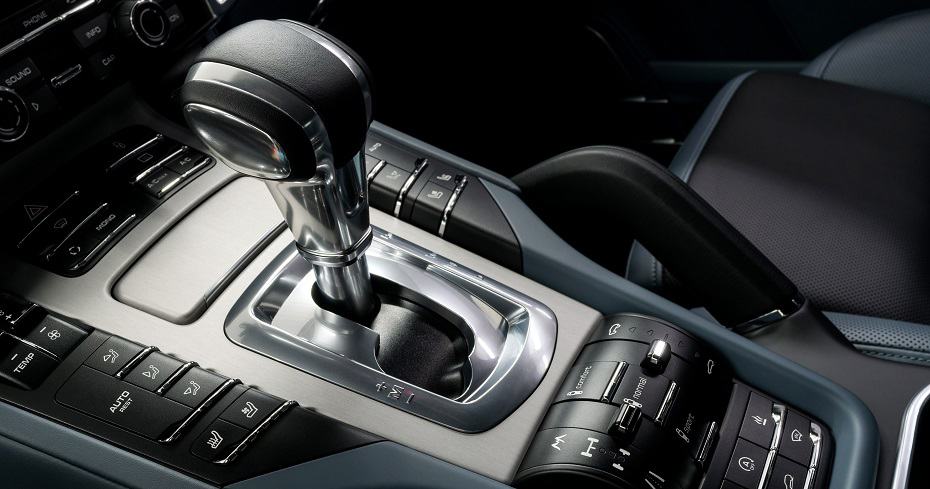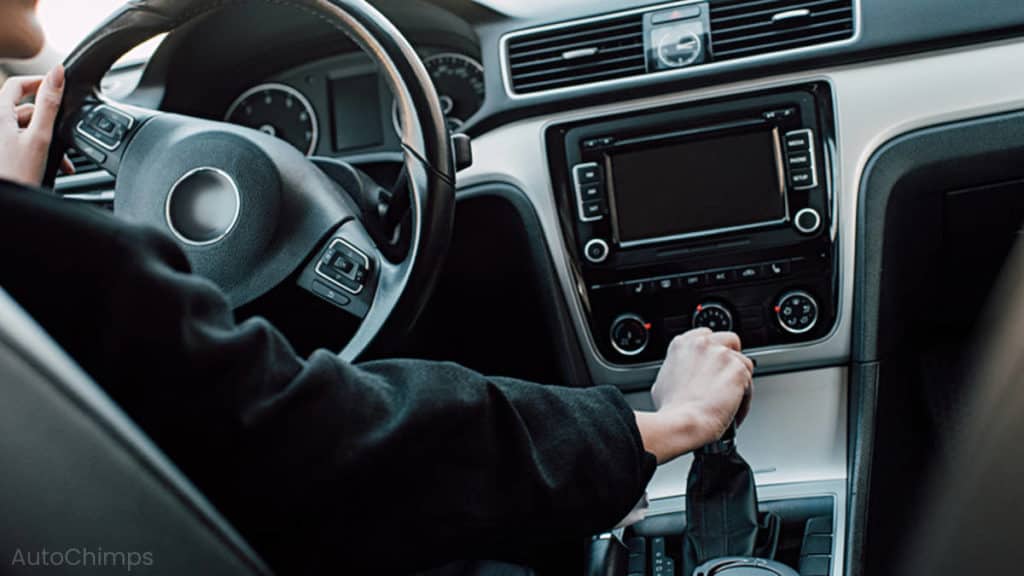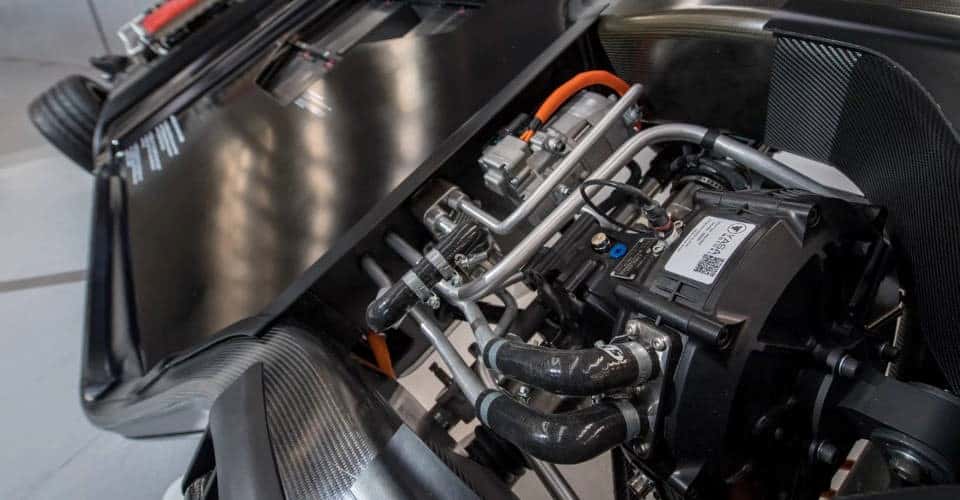





Automatic vs. Manual: Which Transmission is Faster?
Automatic transmissions were designed to make driving a breeze. Back in the day, most cars had manual transmissions—those stick shifts that required a lot of skill and practice. Fast forward to today, and in places like the US, automatics rule the road. But manuals still have their fans, especially where control and performance matter. So, which one gets the edge in speed? Let’s dive in!
Automatic vs. Manual: Which Is Faster?

When it comes to speed, the answer isn’t black and white. It really depends on a few things: how old and efficient the automatic is, whether it’s built for performance or just cruising, and how well the manual is maintained. Can the driver shift gears quickly? What’s the condition of the car’s components? These factors play a huge role in the speed game.
Does Transmission Type Make A Difference To Speed?

Absolutely, but again, it’s a mixed bag. Sometimes a manual can outpace an automatic, while other times, the opposite is true. A skilled driver can shift gears in a flash, but they still need to sync the engine speed with the transmission, which takes a bit of time. Lighter cars with high-performance engines can shift faster, but that doesn’t mean going full throttle on a manual is wise—it can wear out the drivetrain.
On the flip side, modern automatics can shift gears faster than most humans can. Performance cars typically change gears in about 200 milliseconds, while everyday vehicles might take up to half a second. But there are exceptions, like the Ariel Atom V8, which boasts a jaw-dropping shift time of just 4 milliseconds!
Is A Manual Car Faster Than An Automatic?

In regular passenger cars, a manual usually takes the crown. If racing is on the agenda—whether it’s drag, track, or drifting—going manual is often the way to go. Why? It’s all about control. A manual transmission gives the driver the power to decide when to shift, ensuring everything happens on their terms.
When Is An Automatic Faster Than A Manual?

In the realm of race cars and supercars, things change. High-performance vehicles often use paddle shifters or sequential gearboxes that can handle the engine’s power and shift faster than any human could. These setups are common in F1 and rallycross, where speed is everything.
Flappy paddles let drivers shift gears with ease—pull one to go up a gear, pull the other to drop down. But for most everyday cars, it’s all about the traditional automatic, which isn’t built for racing.
What Are The Benefits Of A Manual vs. Automatic Transmission?

Choosing between a manual and an automatic boils down to driving style and needs. Manuals offer better fuel economy, more control, and usually faster acceleration compared to basic automatics. Plus, they tend to be cheaper to fix. But mastering a manual takes practice, and in some places, it’s almost a rite of passage.
On the other hand, automatics are all about convenience. No need to shift gears constantly, which is a blessing for city driving. Sure, there are trade-offs like lower fuel efficiency and less control, but the ease of use can’t be denied.
What Other Options Are There?

With the rise of hybrids and electric vehicles, the lines between manual and automatic are blurring. Many EVs deliver power straight to the wheels without a traditional transmission setup. As electric cars gain traction, the whole manual vs. automatic debate might soon feel outdated. They’re often quicker off the line and could redefine speed records in the near future.

![Is a Manual Transmission Quicker Than an Automatic? [Comprehensive Guide]](https://autocheep.com/wp-content/uploads/2025/06/Is-A-Manual-Transmission-Faster-Than-An-Automatic-1024x576.jpg)

![Why Is My Car’s AC Blowing Hot Air? [Easy Solution]](https://autocheep.com/wp-content/uploads/2025/06/Car-AC-Blowing-Hot-Air-150x150.jpg)